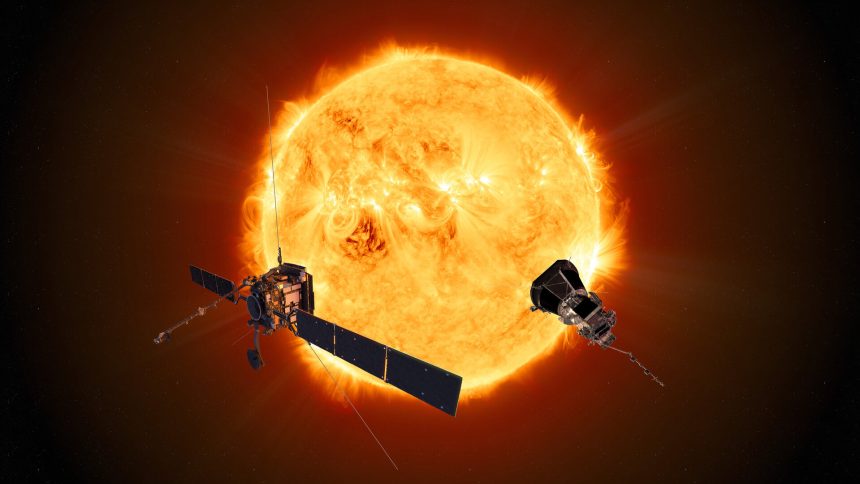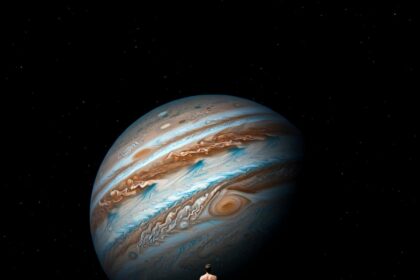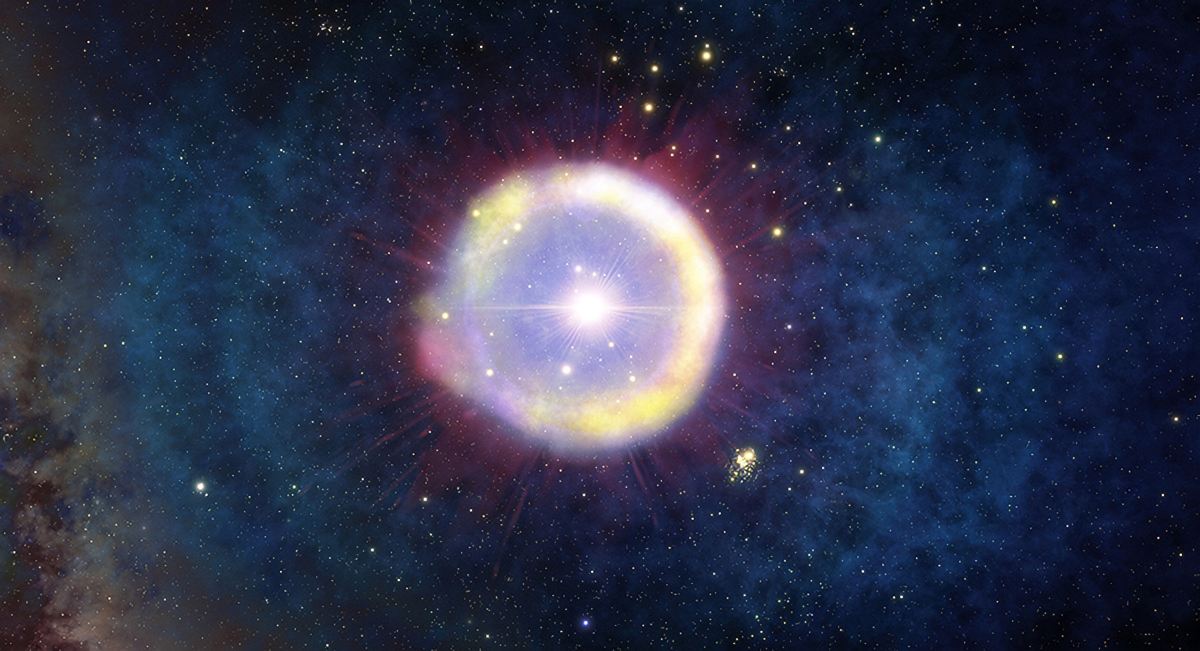Probes That Have “Brushed” the Sun Make a Major Discovery About Our Star
A major discovery regarding the solar wind has been made thanks to the cooperation between the European Space Agency's Solar Orbiter and NASA's Parker Solar Probe. These missions have revealed where the energy necessary to accelerate and heat this stream of particles escaping from the solar atmosphere comes from. This scientific breakthrough helps us better understand not only our Sun but also similar phenomena in other stellar systems.






